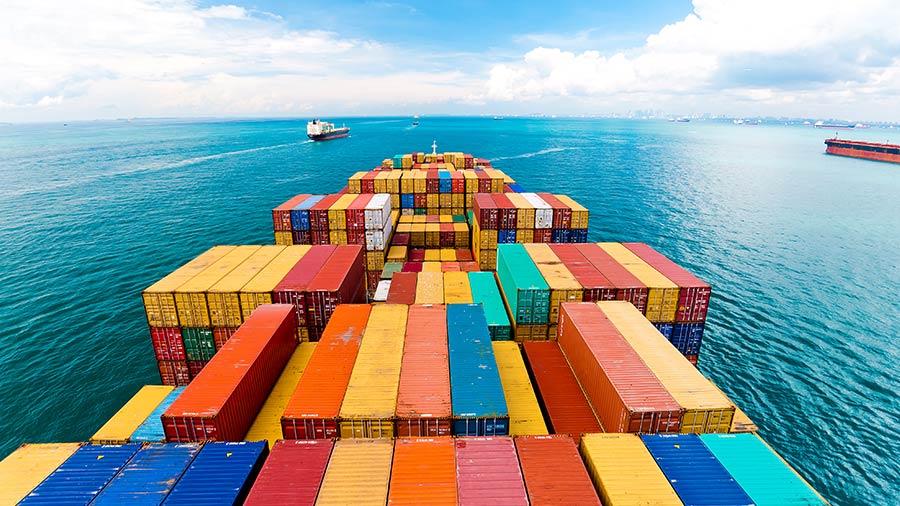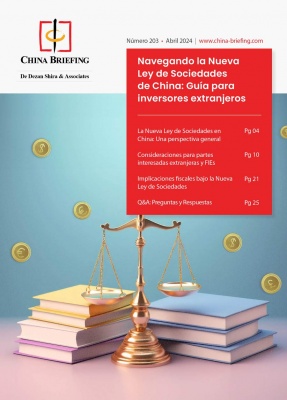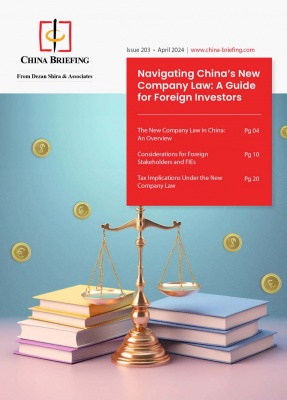Chinese Outbound Tourist Numbers To Double By 2020
Jan. 21 – CLSA, the CITIC-owned Asian investment and brokerage advisory firm, issued a report on Monday which estimated that the number of mainland Chinese outbound tourists will double from 100 million in 2013 to 200 million by 2020. As a result, tourist spending is expected to triple, from about RMB500 billion to some RMB1.4 trillion during the next six years.
CLSA surveyed 1,000 Chinese travelers in 41 cities to gain an understanding of the outbound travel demand, Chinese tourists’ travel habits, and spending patterns. This explosion in mainland Chinese tourist growth and disposable spending is driven by several factors: employers granting longer annual leave, more countries relaxing visa restrictions for Chinese nationals, and increasingly polluted and crowded tourist destinations back at home.
Another main driver is China’s crossing of the US$8,000 per capita GDP income band – a level of income that, according to historical evidence in other East Asian countries, has seen a large jump in outbound travel. As of 2012, 10 of China’s 31 provinces were at this level of income. That number is expected to rise to 27 out of the 31 provinces over the next six years.
The top two international destinations for Chinese tourists remain Hong Kong and Macau, but are expected to see their share of outbound Chinese tourists drop from 62 percent to 45 percent as Mainlanders seek more exotic destinations.
Other Asian countries stand to benefit as the cost of long-haul travel and limited annual leave prevent most Chinese from travelling too far from home. The CLSA survey found that those respondents who planned to travel stated their top destinations in the next three years to be (in order): Thailand, Taiwan, South Korea, and Singapore. Further afield, the US and France were cited by survey respondents to be their “dream” destinations. Those two countries, respectively, received 1.5 million and 1.3 million Chinese visitors in 2012 – the highest number on record.
Consumer tastes are also expected to change – shopping, especially for luxury goods, remains an important tourism “activity”, as Chinese drove the expansion of the global luxury goods sector by 41 percent between 2009 and 2012. But mainland Chinese are starting to see brands like Louis Vuitton as “common”. Instead, they’re seeking out more exclusive or local brands that cannot be readily purchased in China. The survey found that 80 percent of tourists are buying local skincare, makeup, perfume and apparel products from local specialty shops, compared to 60 percent buying products at downtown or duty-free airport stores.
The doubling of Chinese tourists by 2020 will have a significant impact on the global tourism industry, even as travel habits change. The Internet will have a major role to play as Chinese travelers increasingly opt to do their own research and itinerary-planning instead of joining pre-arranged tours. Forty percent of CLSA survey respondents indicated they might book their own flights and other arrangements in the future.
You can stay up to date with the latest business and investment trends across Asia by subscribing to Asia Briefing’s complimentary update service featuring news, commentary, guides, and multimedia resources.
Related Reading
FDI in India’s Tourism Industry
Hainan as an International Tourist Destination
- Previous Article Establishing a VAT Monitoring System for China
- Next Article The 2014 China Stir-Fried Prawn Index


























